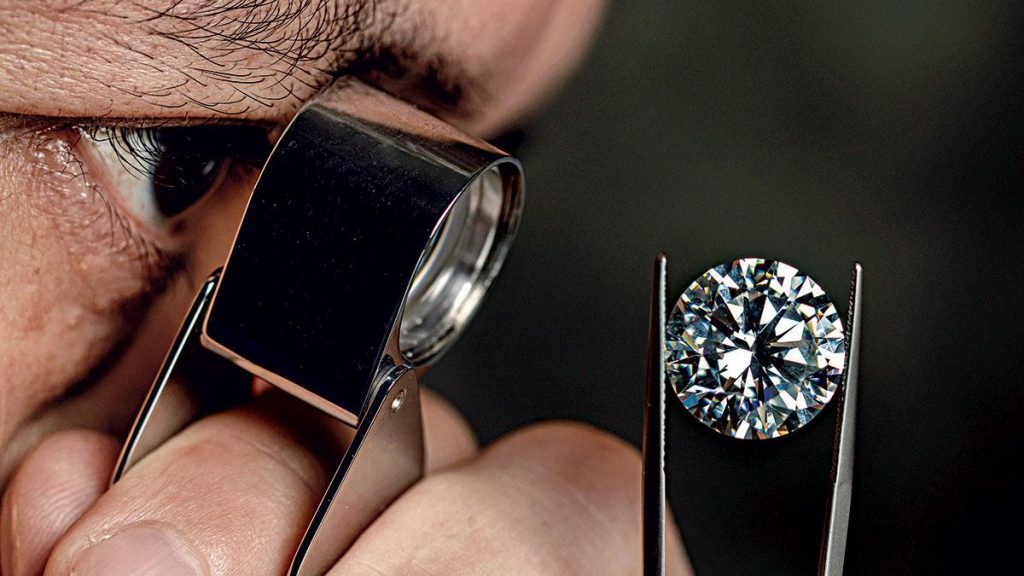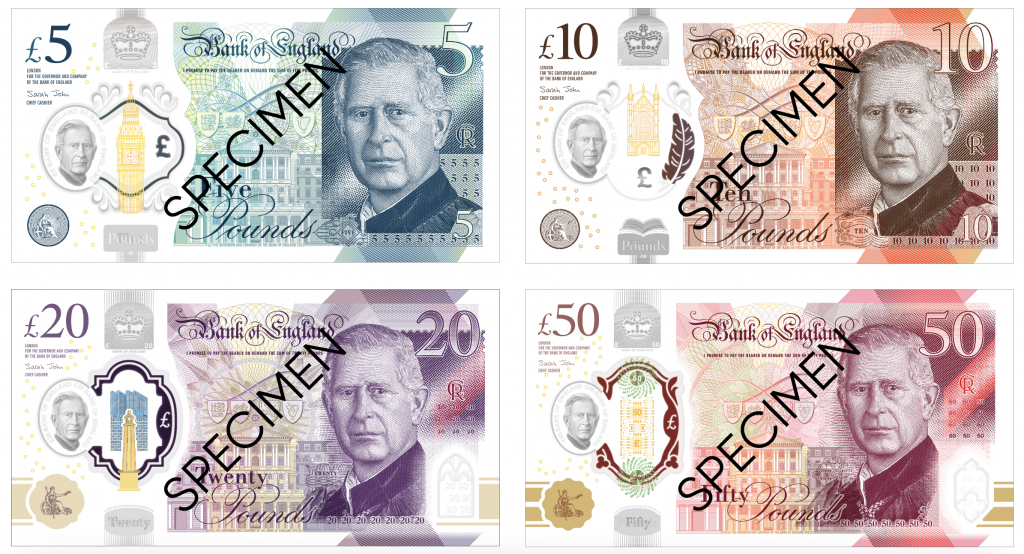Jean Dousset knows a thing or two about diamonds. He is the great-great-grandson of Louis-Francois Cartier, who started the Cartier jewelry company in 1847. When he was young, people often talked at dinner about how brilliant the gem was.
The Cartier family sold the business to Richemont in 1964, but Dousset has always been interested in beautiful jewelry. So, in 2009, he started his own brand under his own name, where he makes engagement rings, tennis bracelets, earrings, and other jewelry. He has always used diamonds that came from the earth. But he made a big choice this month to switch to all fake diamonds.


Even though it’s risky, Dousset thinks now is the right time to do it. “We’re at a turning point because lab-grown diamonds are now just as good as natural ones, but they cost a lot less,” he says. “It’s a relief. Now, my customers can buy the diamond they really want without having to settle, and I can create whatever I want without taking the price into account. A one-carat lab-grown solitaire engagement ring from Jean Dousset costs about $6,000. This is about half the price of a similar-quality found diamond.
Dousset’s company. Vrai and Idyl are lab-made diamond firms. Last year, mass-market jeweler Pandora stopped using mined diamonds. Luxury brands are testing this market. LVMH invested in the Israeli diamond lab Lusix. Breitling and TAG Heuer make timepieces with lab-grown diamonds.
It looks like lab-grown diamonds are about to become popular. The business is expected to grow from $19 billion in 2020 to $50 billion in 2023. This change shows that young people’s ideas about the value and cultural importance of diamonds have changed, and it could change the way people buy jewelry for years to come.
BUILDING A DIAMOND IN A LAB
A pure diamond is a very special thing. It is made of pure carbon that was pushed and heated under the earth’s crust for hundreds of miles, turning it into a stone over millions of years. Even though people have known about and valued diamonds for thousands of years, demand for them skyrocketed in the early 1900s when jewelers started putting them in engagement rings as a sign of love and commitment. People all over the world suddenly thought they could own one of these valuable stones.
But the main problem with the diamond trade is that there are only so many diamonds on Earth. Those that are left are deep beneath, making them expensive and hard to get to. In the past, diamonds have been found in bad ways, such as by using child labor or forced labor. Africa’s military has used money from the diamond trade to pay for brutal wars.
Scientists have tried for almost a century to manufacture diamonds that are chemically identical to those in nature. This would prevent digging issues. In the 1940s, Nobel Prize-winning scientist Percy Williams Bridgman advanced. He created a mechanism that applied higher pressure. General Electric wanted this technique for Project Superpressure, its lab-grown diamond project. The business produced its first factory-made diamonds in 1954.
Since the GE project 70 years ago, numerous businesses have tried to produce diamonds using the same method. There are two lab-made diamond methods. The first method, high-pressure high temperature (HPHT), uses heat and pressure to crystallize pure carbon into a diamond in a metal tube. The second approach, chemical vapor deposition (CVD), uses a tiny piece of natural diamond and high-temperature carbon-rich gas. Particles cling to the diamond and grow it.
Dousset couldn’t find well-cut and polished lab-grown diamonds.
Dousset has tracked lab-grown diamond growth for 20 years. Despite having the same structure as real diamonds, he couldn’t locate lab-grown diamonds that were cut and polished well. “Fifteen years ago, no one really knew much about lab-grown diamonds, and prices were all over the place,” he says. They were mainly poorly cut. Jewellers must cut and clean diamonds.
But in recent years, the quality of these lab-grown diamonds has improved to the point where it seemed like they could compete with real diamonds. This made a lot of tech startups, like Diamond Foundry, Lusix, and Clean Origin, want to get into the area. Even De Beers, which is the biggest diamond miner in the world, opened its own lab called Lightbox.
Ornella Siso says that the diamond business has changed a lot in the last five years. In Antwerp, Belgium, where 84% of all rough diamonds go to be cut, her family has been in the diamond business for decades. Her family has seen more and more diamonds grown in a lab that looks just like real diamonds on the market in Antwerp. “They are 90% less expensive than diamonds that come from mines, but they are exactly the same,” she says.
Siso quit her job at Facebook in 2021 to start Idyl, which makes jewelry with diamonds made in a lab. The brand makes solid-gold jewelry that costs a small part of what mined stones do. A band with diamonds on it costs $695, and a necklace with 0.5 carats of diamonds costs $895. She says, “It was very clear to me that this would completely change the business.” “The great thing about technology is that it keeps getting better, and diamonds keep getting bigger and better.”
WHAT YOUNG CONSUMERS WANT
Siso says that most of her customers find the brand when they are looking for ethical diamond jewelry. For decades, people have heard about how the diamond trade hurts people’s rights. Siso says that even though a lot of jewelry brands guarantee that their diamonds are conflict-free, some customers prefer lab-grown diamonds because there is no chance that they will be tainted by these problems.
Dousset says that at first, some people thought that lab-grown diamonds were fakes, just like cheap imitations like cubic zirconia. But once they find out that lab-grown diamonds are the same as diamonds that come from the earth, many of them change their minds. Now, you can get lab-grown diamonds that are graded and approved the same way natural diamonds are (based on cut, color, clarity, and carats). This gives customers confidence that they are getting a real diamond.
Once customers know this, many of them are driven to lab-grown diamonds because they can get a better stone for the same price. “All my life, I’ve seen that buying a diamond came with a lot of stress,” he says. “Everyone who wanted to buy a diamond had to settle for less quality, except for a few rich people. The taste afterward was always a little bit of a letdown.”
Dousset says that people can now buy the jewelry they really want with lab-grown diamonds. He has seen couples make engagement rings with bigger stones and the exact style they want without going over their budget. Siso has seen the same thing. Many women can now buy diamond-covered jewelry that they can wear every day without worrying about how it will hold up.
Lab-Grown Diamonds are available for sale
Even though companies like Jean Dousset and Idyl are optimistic about lab-grown diamonds, most diamonds on the market are still mined. Lab-grown diamonds will make up 10% of all diamond jewelry in 2022, up from 2% in 2018. And a lot of big jewelry stores still focus on selling real diamonds.
Signet Jewellers, which has 11 brands like Kay, Zales, Jared, and Blue Nile, sells lab-grown diamonds, but most customers prefer mined diamonds, according to CEO Virginia Drosos. “Budget-conscious people like lab-grown diamonds,” she explains. “But people like natural diamonds because they are rare and there are only so many of them.”
The EVP of products and marketing at Tiffany, Alexandre Arnault, recently told students at Oxford University that the company has no plans to sell lab-grown diamonds. “We believe in natural diamonds,” he told her. “Would you rather have something that has always been on Earth or something that was made in a microwave?”
Still, Tiffany’s parent company, LVMH, has invested in Lusix, an Israeli business that makes diamonds in a lab. This could mean that LVMH is thinking about using lab-grown diamonds in high-end products. In fact, TAG Heuer, which is also owned by LVMH, just came out with a watch that costs $376,000 and has more than 12 carats of lab-grown diamonds on it.
From what his family has seen over the years, Dousset thinks that the jewelry business has always been changing and growing. He says that De Beers and other jewelers were the ones who first made the diamond famous. They can do the same thing with diamonds made in a lab. Dousset says that his great-great-grandfather was ahead of his time because he made watches and jewelry with unusual styles for the time. “You need to keep innovating.”
FAQs
Lab diamonds don’t usually go up in value like diamonds that come from the earth. In fact, their value hasn’t kept up with inflation in recent years, mostly because there are more lab-grown gemstones on the market. So, to put it simply, an investment in a lab-grown diamond won’t pay off much, if at all.
Synthetic diamonds really do last forever, and there’s nothing that can dull their shine or make them less brilliant. People don’t say that it’s impossible to tell the difference between a wild diamond and one made by humans for nothing.
Expert jewelers and gemologists will not be able to discern the difference between a synthetically grown diamond and a mined one. They’ll need a microscope to examine its inclusions for the subtle variations that will reveal the crystal’s formation history.




